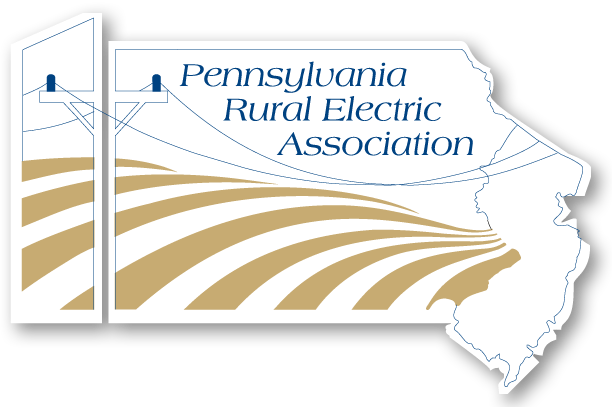
Electric cooperatives in Pennsylvania are recognized leaders in developing environmentally friendly power sources and promoting energy efficiency. Cooperatives have long believed that renewable energy generation and wise electricity use not only produce a cleaner environment for everyone, but better secure our nation's energy future.
In significant ways over the years, cooperatives have put their environmental beliefs into practice. Since 1966, cooperatives have purchased hydropower from the Niagara and St. Lawrence power projects located in upstate New York. This low-cost and clean generation accounts for approximately 6% of cooperative energy needs annually.
Knowing that the cheapest kilowatt-hour, and cleanest in terms of environmental impact, is the one never generated, Pennsylvania electric cooperatives launched the Coordinated Load Management System (CLMS) in December 1986. The CLMS works by controlling electric water heaters and other special equipment (in the homes and businesses of nearly 47,000 volunteer cooperative consumers) during times of peak electricity consumption. As a result, CLMS improves system efficiency, cuts costly demand charges cooperatives must pay for purchased power, and reduces the need for new generating capacity. The load control network currently boasts demand-side reduction capabilities of 50 megawatts (MW) — roughly 8% of the cooperatives' peak load.
In June 1988, cooperatives placed the Raystown Hydroelectric Project (Raystown) into commercial operation. Located at the base of Raystown Dam in Huntingdon County, the 21-MW facility supplies more than 2% of the energy delivered by electric cooperatives, enough to power about 8,500 average rural homes. In 2007, Raystown became the first hydroelectric plant in Pennsylvania to be certified as a Low Impact Hydroelectric Facility by the Low Impact Hydropower Institute, a non-profit organization dedicated to reducing environmental impacts of hydropower generation.
In 2004, the Pennsylvania Legislature recognized the renewable energy commitment shown by electric cooperatives by adopting the Alternative Energy Portfolio Standards Act (Act 213). Pennsylvania electric cooperatives comply with the law by offering voluntary energy efficiency and demand-side load management programs.
An Innovative Way To Boost Clean Energy Sources — REAP
Adding renewable generation to the electric cooperative power supply mix means a cleaner environment for everyone. Anaerobic digesters reduce the environmental impact of agricultural waste, while small wind and solar systems do not produce emissions that pollute the air.
